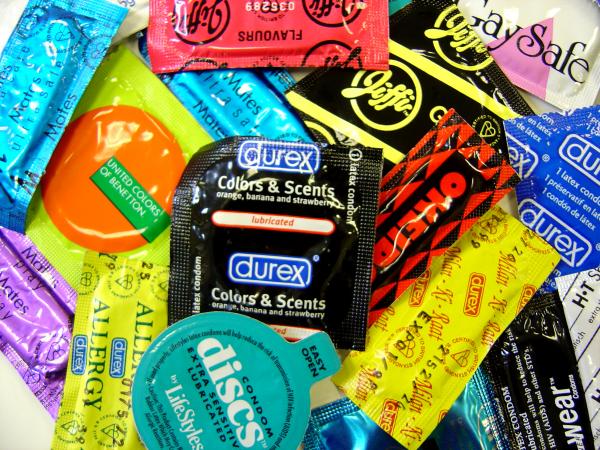I ran across an interesting article on “The Huffington Post” on cheating wives, and wanted to see what other numbers I could find on the topic.
The 2013 HuffPo piece cites a “Bloomberg Business” article (the link to which is now defunct) that supposedly goes into further detail about it. The findings were apparently taken from the National Opinion Research Center’s General Social Survey, and found that women “had more affairs in the past two decades then in previous years.” The article doesn’t clarify how long the “previous years” timespan is.
But the study apparently found that “the percentage of wives having affairs rose almost 40 percent … to 14.7 percent in 2010.” This seems a little suspect, especially since we can’t see the original source. We’re dealing with self-reporting, so there’s bound to be some wonky numbers. And I don’t understand this “rising 40% to 14.7%” business. I feel like something got lost there, because there’s sort of no way that can be true.
HuffPo’s article mentions that for women, greater economic freedom makes it easier to cheat, since a financially independent woman isn’t trapped by her husband making all the household income.
Another study excerpted from the book “The Normal Bar” puts the number of cheating women at 19%, but this might also included unmarried women. A feature from “Fox News Magazine” claims the number of cheating wives hovers around 50-60%.
But which of these is correct?
It’s pretty impossible to tell. But it’s probable that the actual numbers might be higher.
There are so many varying statistics on this due to self-reporting issues that we’ll probably never get a concrete number of wives who admit to cheating on their husbands.


